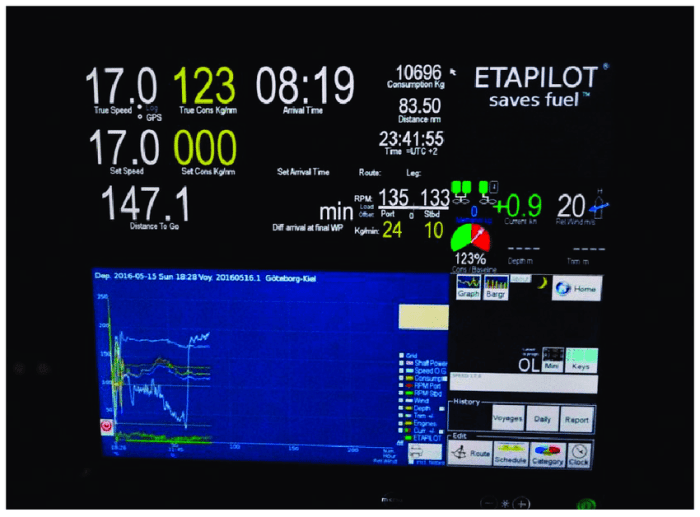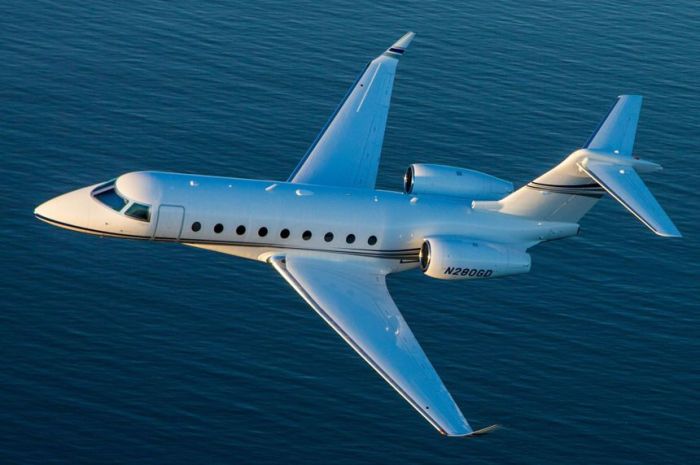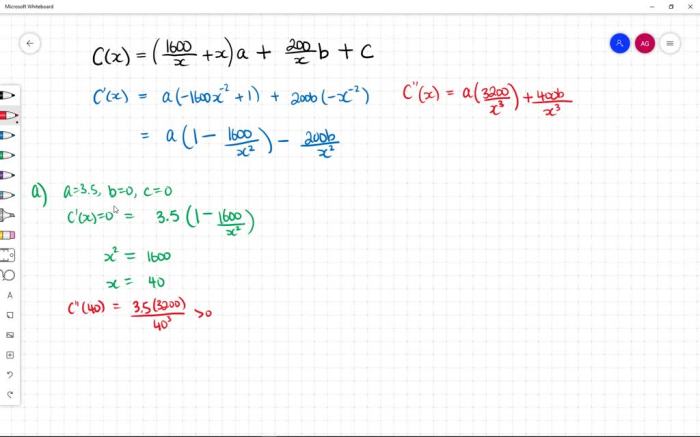What is the expected fuel consumption for a 1000 nautical mile flight? This is a question that pilots, aircraft owners, and aviation enthusiasts often ask. The answer to this question depends on a number of factors, including the type of aircraft, the distance of the flight, and the weather conditions.
In this article, we will discuss the factors that affect fuel consumption and provide a formula for calculating the expected fuel consumption for a 1000 nautical mile flight.
1. Fuel Consumption Factors

The fuel consumption of an aircraft is influenced by various factors, including its weight, altitude, weather conditions, and aircraft type.
Aircraft Weight:Heavier aircraft require more fuel to lift off and maintain altitude, as they have greater drag and require more thrust to overcome it.
Altitude:As an aircraft climbs to higher altitudes, the air becomes less dense, reducing drag and allowing for more efficient fuel consumption. However, at very high altitudes, the air becomes too thin, and the engines must work harder to maintain power, increasing fuel consumption.
Weather Conditions:Weather conditions such as wind speed and temperature can significantly impact fuel consumption. Headwinds increase drag, requiring more fuel to overcome, while tailwinds can reduce drag and improve fuel efficiency. Similarly, higher temperatures can reduce air density, increasing drag and fuel consumption.
2. Types of Aircraft and Fuel Consumption

Different types of aircraft have varying fuel consumption rates based on their size, design, and purpose.
| Aircraft Type | Fuel Consumption Rate (gallons per hour) |
|---|---|
| Commercial Airliner (Boeing 737) | 3,000-4,000 |
| Private Jet (Gulfstream G550) | 1,500-2,000 |
| Cargo Plane (Boeing 747) | 6,000-8,000 |
Generally, larger aircraft with more powerful engines consume more fuel than smaller aircraft with less powerful engines.
3. Fuel Efficiency Technologies: What Is The Expected Fuel Consumption For A 1000 Nautical

Advancements in aircraft design and technology have significantly improved fuel efficiency.
Aerodynamic Enhancements:Aircraft manufacturers have implemented aerodynamic improvements such as winglets, blended wing bodies, and advanced flight control systems to reduce drag and improve fuel efficiency.
Engine Optimizations:Modern aircraft engines are designed to operate more efficiently, with features such as high-bypass ratios, advanced combustion systems, and variable geometry turbines.
Fuel Management Systems:Fuel management systems optimize fuel consumption by monitoring fuel flow, adjusting engine power settings, and providing real-time data to pilots.
4. Fuel Consumption Calculations

The expected fuel consumption for a 1000 nautical mile flight can be calculated using the following formula:
Fuel Consumption (gallons) = (Distance (nautical miles) x Specific Fuel Consumption (gallons per nautical mile)) x Reserve Factor
where:
- Specific Fuel Consumption (SFC) is a measure of an aircraft’s fuel efficiency, typically expressed in gallons per nautical mile.
- Reserve Factor is a safety margin to account for unexpected delays or weather conditions.
The SFC of an aircraft varies depending on its type, weight, and flight conditions.
5. Fuel Consumption Monitoring and Optimization
Monitoring fuel consumption during flight is crucial for optimizing fuel efficiency.
Fuel Gauges:Aircraft are equipped with fuel gauges that provide real-time data on fuel levels.
Flight Management Systems:Flight management systems monitor fuel consumption and provide recommendations to pilots on how to optimize fuel usage.
Optimizing Techniques:Pilots can optimize fuel consumption through techniques such as route planning to avoid headwinds, weight management to reduce drag, and adjusting flight altitudes to minimize fuel burn.
Essential FAQs
What are the factors that affect fuel consumption?
The factors that affect fuel consumption include the type of aircraft, the distance of the flight, the weather conditions, and the aircraft’s weight.
How can I calculate the expected fuel consumption for a 1000 nautical mile flight?
To calculate the expected fuel consumption for a 1000 nautical mile flight, you can use the following formula: Fuel consumption = (Distance / Speed) x Fuel flow rate
What are some tips for reducing fuel consumption?
Some tips for reducing fuel consumption include flying at the most efficient altitude, reducing the aircraft’s weight, and using fuel-efficient flight techniques.